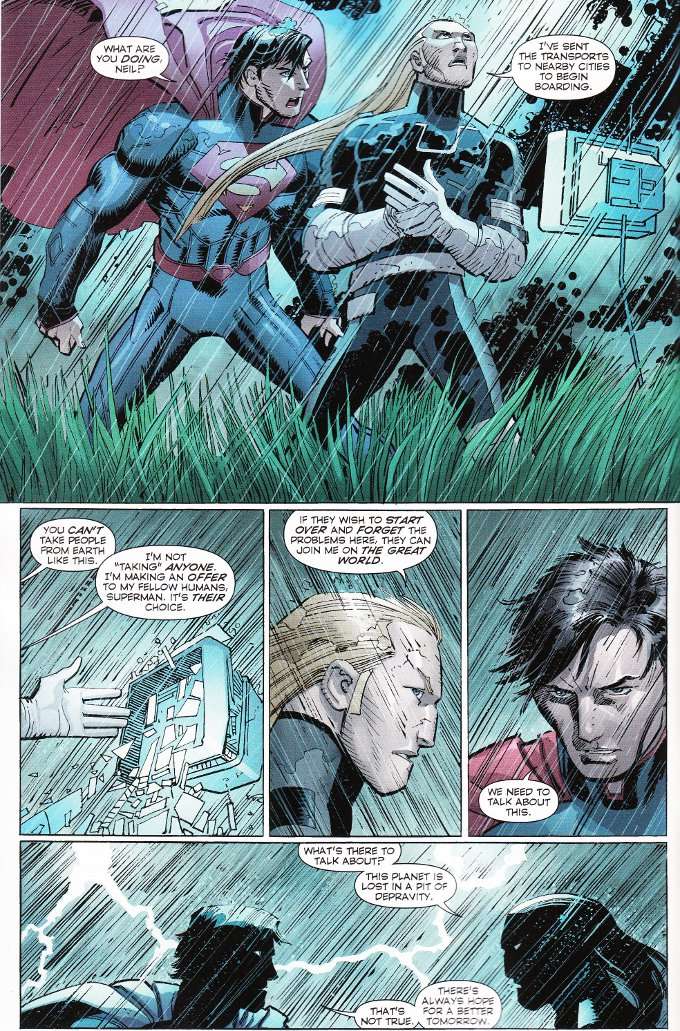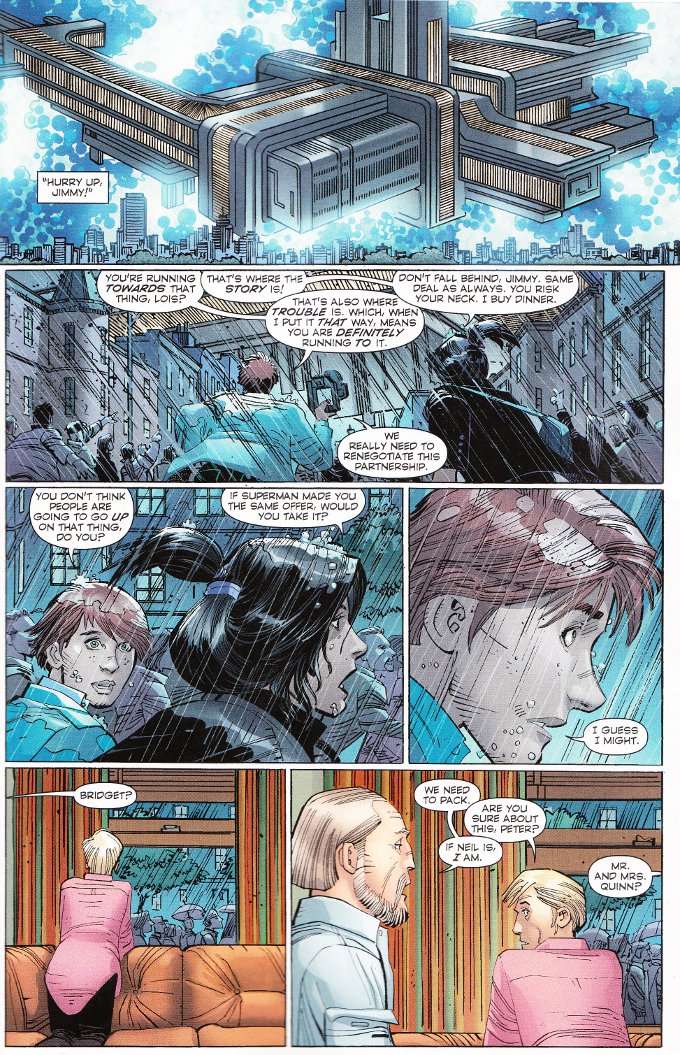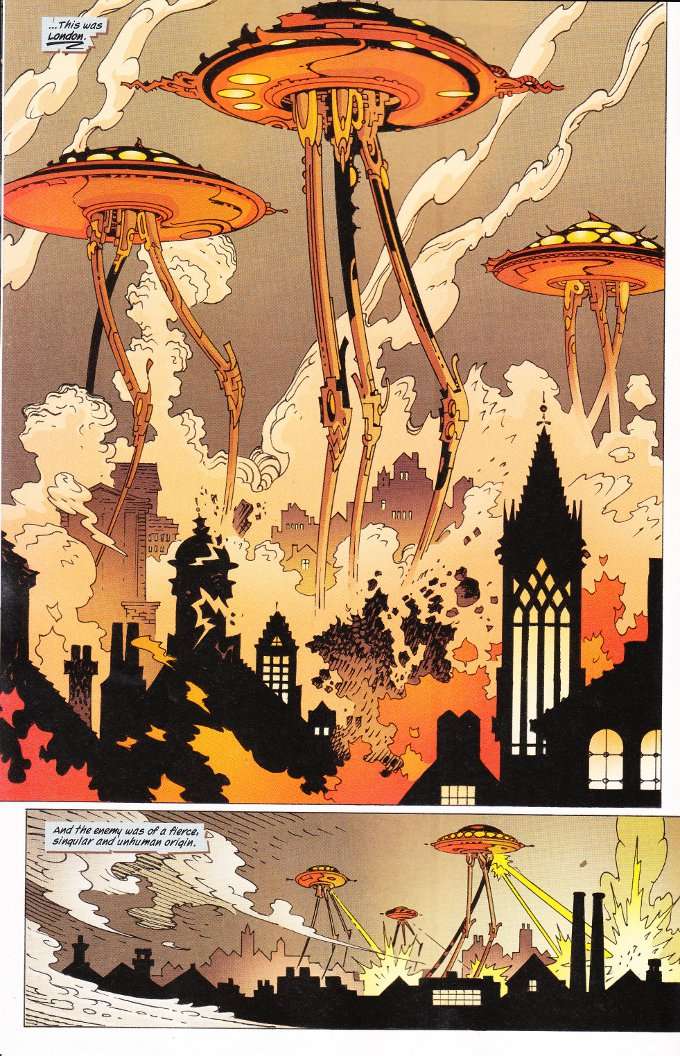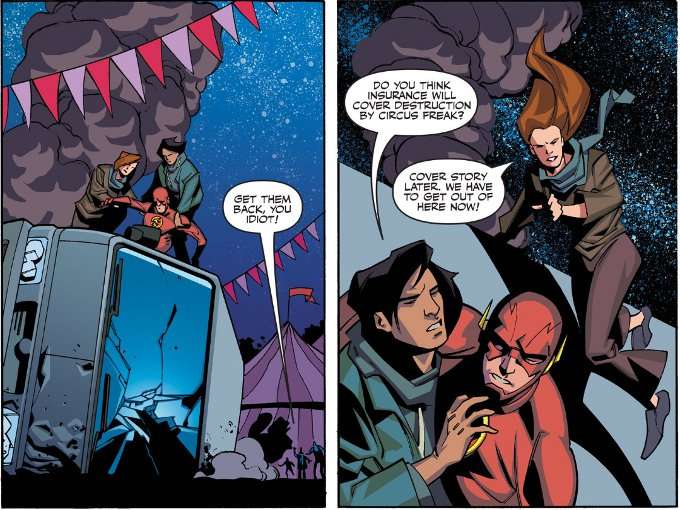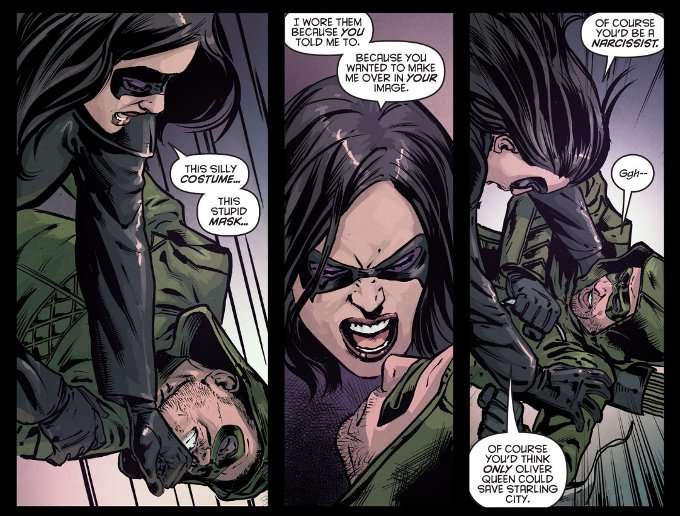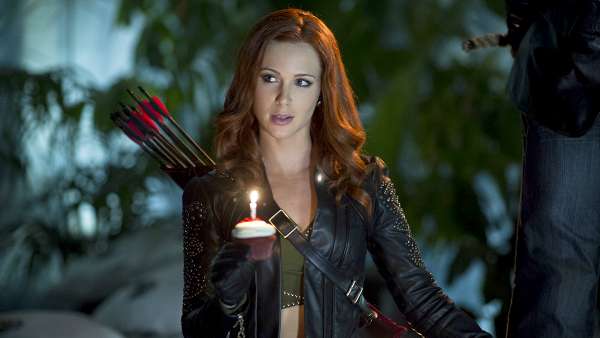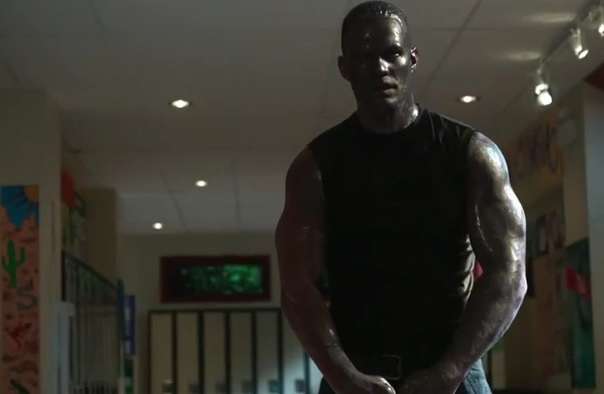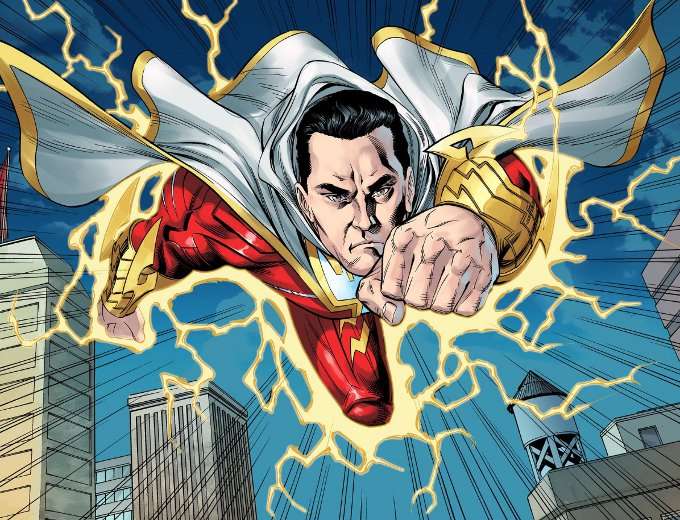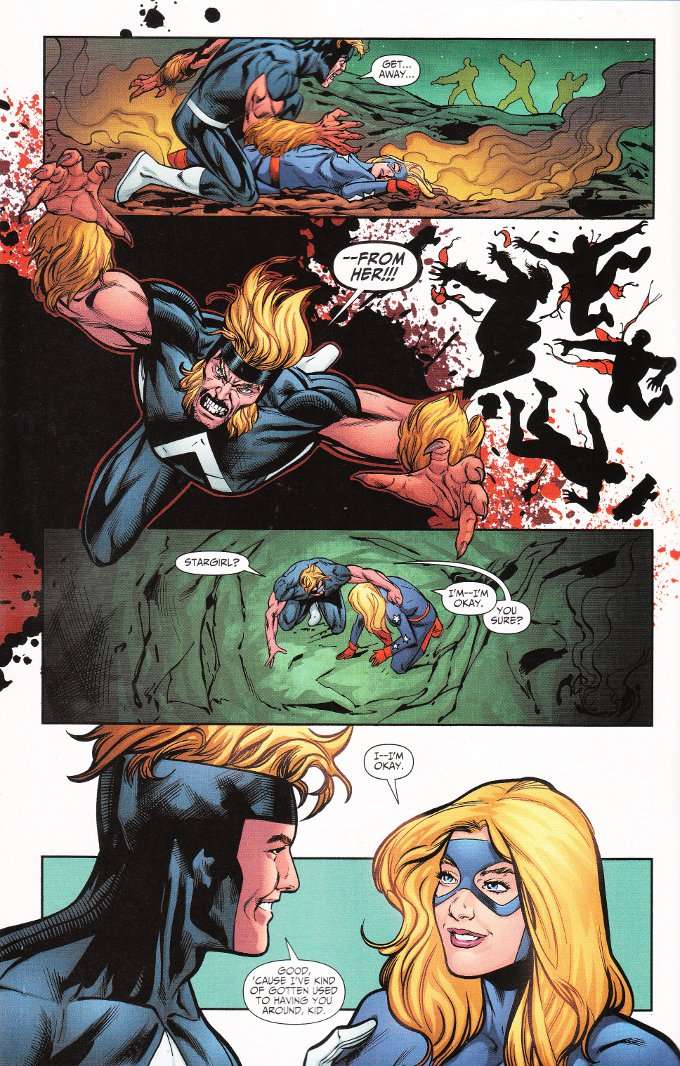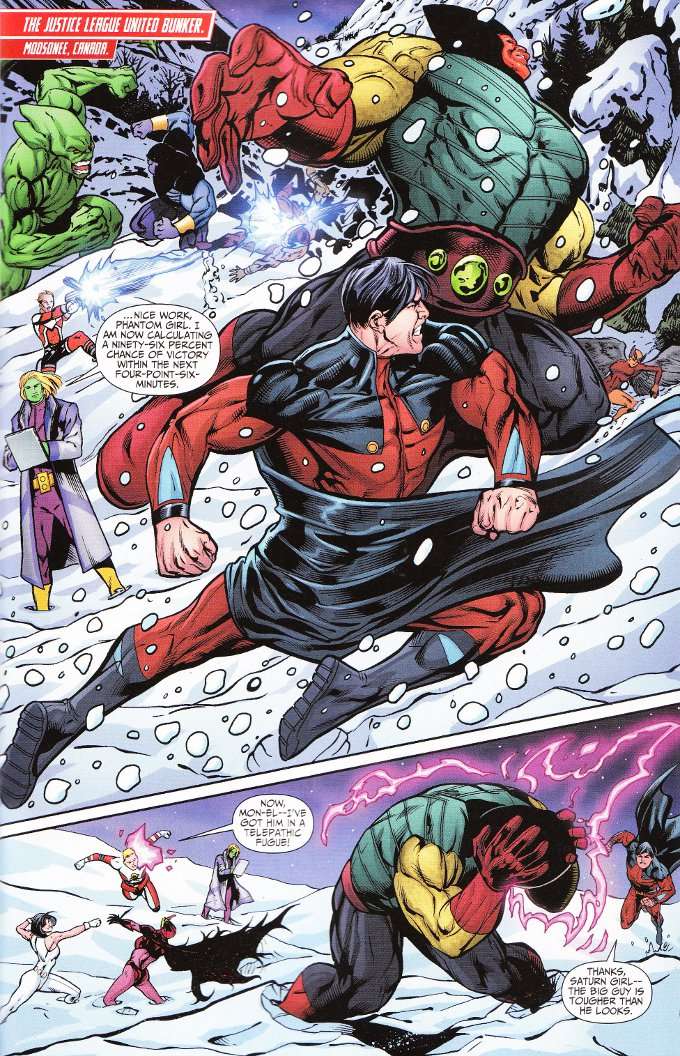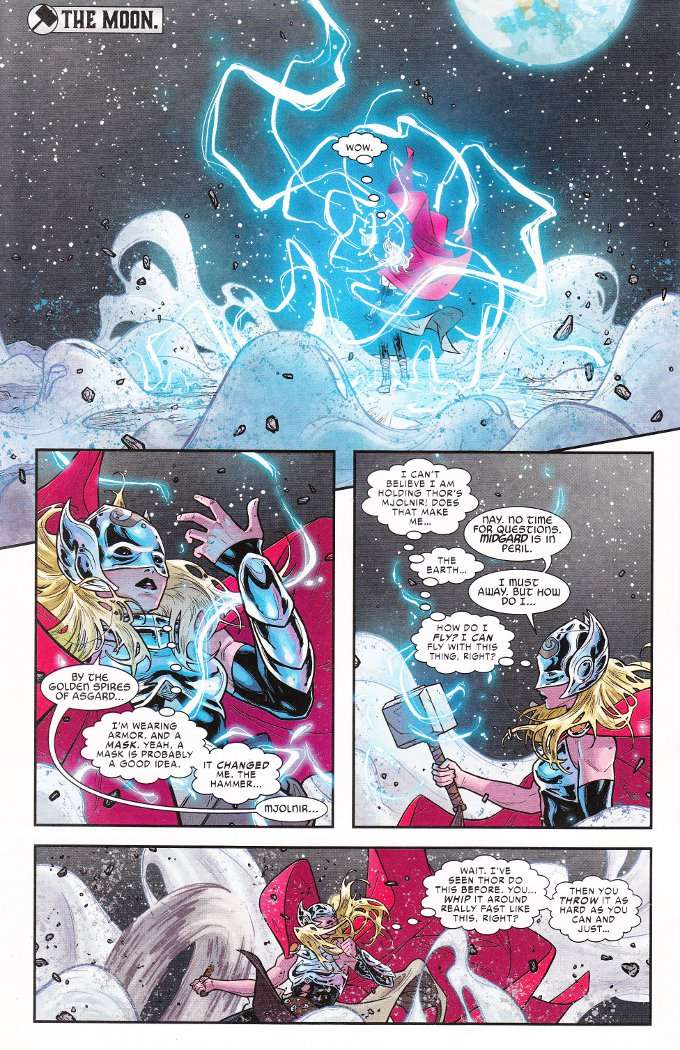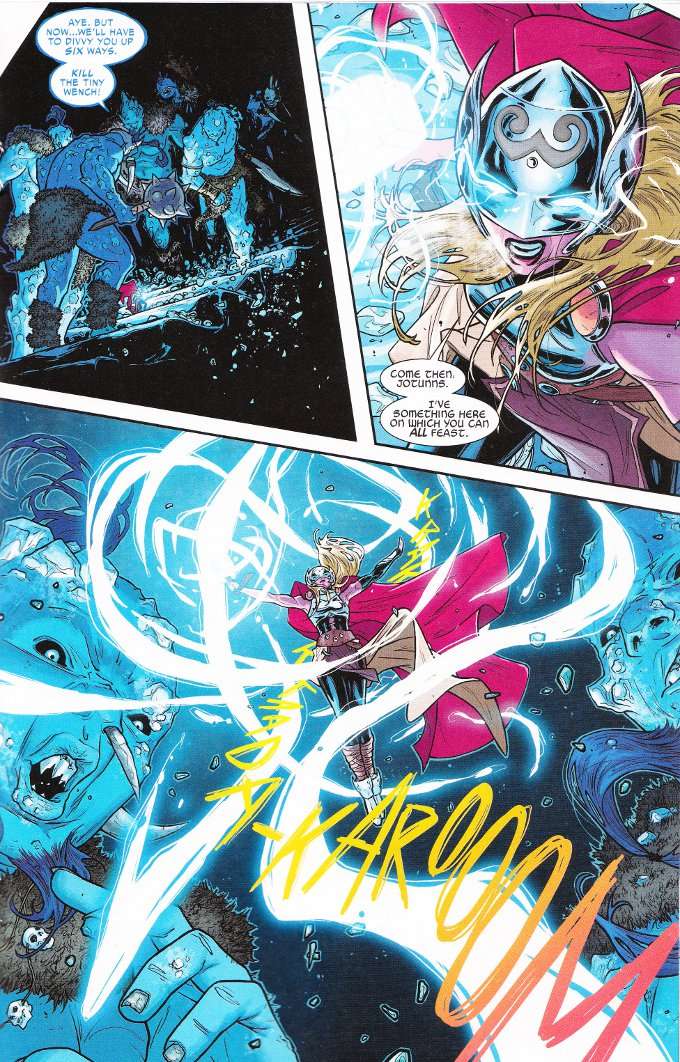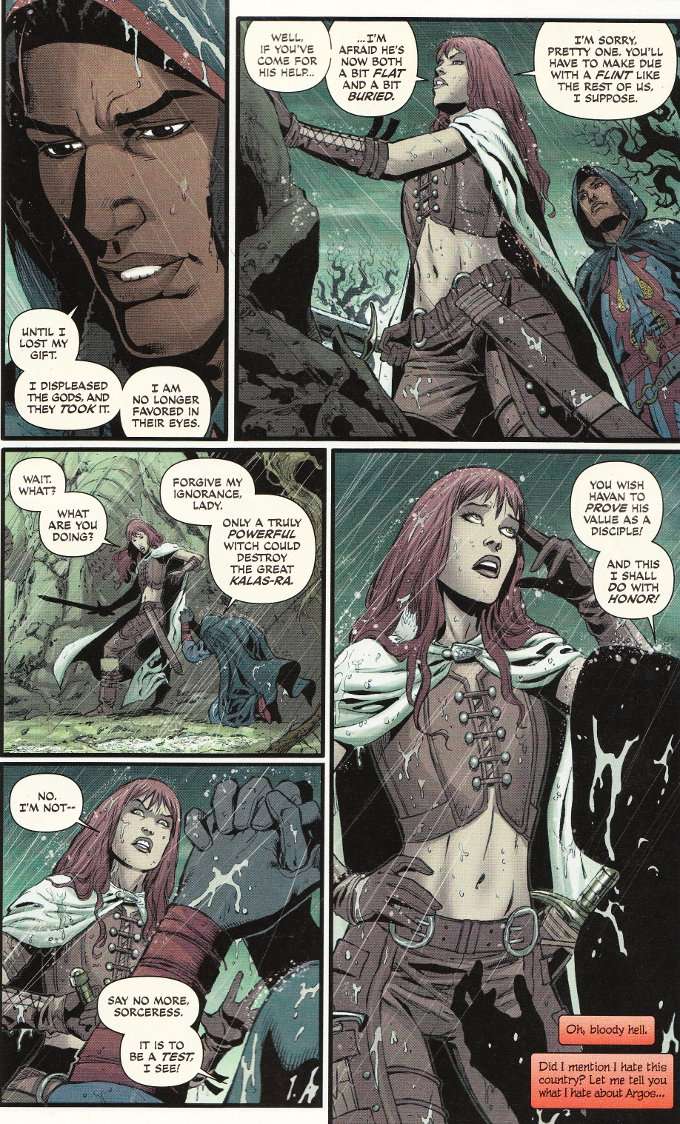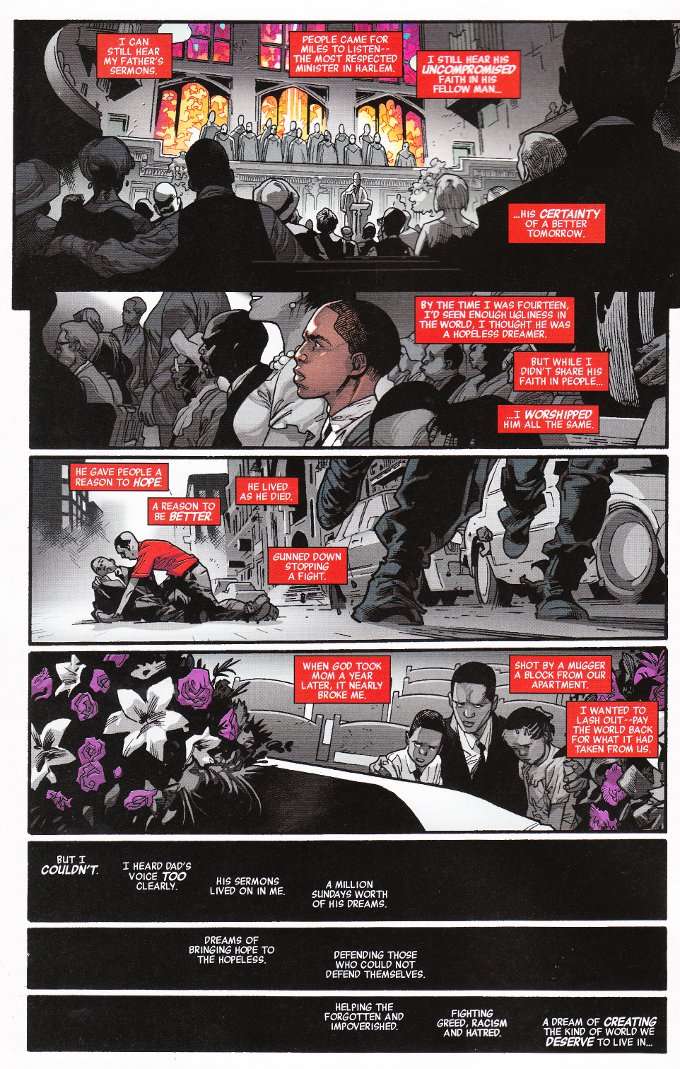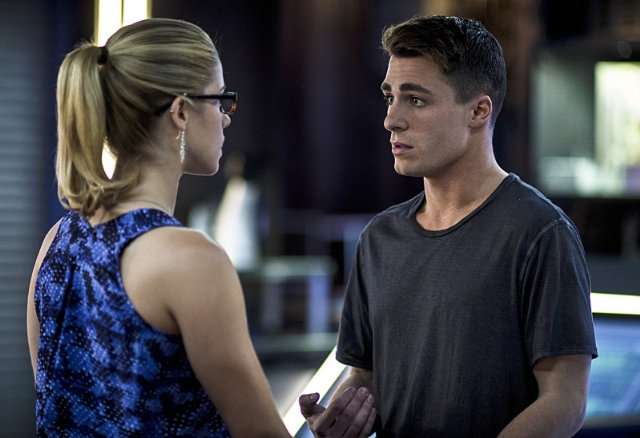
Plot
John and Chas hit the road to investigate a mysterious murder that killed two parents but left their young daughter unharmed. When the evidence points to a demon as the culprit and a tracking spell leads them to the next likely victims, John will have to face his own inner demons and conquer his fear of failure, lest he condemn another innocent child to Hell!
Influences
Hellblazer #11 (Astra's death & damnation is referred to) and many other stories from the Jamie Delano run on Hellblazer (details of John's past and Chas' past).
Goofs
The bed clothes of Henry's parents change between his first nightmare and when he is possessed.
John says he spent six months in the loony bin, yet in C101 he had only been committed to Ravenscar for three months and it was specifically said that The Newcastle Incident happened three months earlier.
Performances
This episode is a strong one for Matt Ryan, who gets to play John Constantine in all of his conflicted glory. We see John the Rake in the first scene, as he flees an apartment just seconds ahead of a jealous boyfriend and we also see John at his most vulnerable, confronting a chance to repeat his biggest mistake... and rising to meet the challenge. Ryan plays all of these moments to perfection.
The interplay between Ryan and Harold Perrineau as Manny also deserves mention and the best bits of the episode feature the two bantering.
Artistry
The sequence with John chasing the possessed Henry into a high-school haunted house is an amusing one while still being somewhat tense.
Pub Trivia
This episode was meant to be the second episode aired. It was delayed in order to hasten Zed's premiere on the show.
The climax of the episode takes place during Halloween night and was originally planned to have aired on Halloween Night in the United States.
The episode's title - Rage of Caliban - is taken from a quote from Oscar Wilde's preface for The Picture Of Dorian Gray. This is itself a reference to Caliban - a monstrous creature from Shakespeare's play The Tempest. The original quote involved the inability of the people of Wilde's time to cope with Realistic and Romantic literature, as they did not wish to see the world for how it was nor how it might be better than it was.
As this episode opens, John is seen being kicked out of a young lady's apartment before her boyfriend enters. Such one-night stands are common for John in the original comics.
John has a contact who is a paralegal, who is able to get him information on the children whose parents died from Child Protective Services. John won her trust by helping her dead husband to move on after he started haunting their house.
John's ley line map was penned by a man named Ken Ondaate. This was the true name of Map - a wizard colleague of John's in the comics.
The ley line map also has a note about Alex Holland. This is likely a misspelling of Alec Holland - the human whose memories formed the being known as The Swamp Thing - a magical creature John Constantine has a long history with in the comics.
One of the magical items in the hideaway is The Sword of Night. Wielded by the hero known as The Nightmaster, the sword allows the wielder to sense approaching danger, compel others to speak the truth and prevents the wielder from aging.
While holding The Sword of Night, Chas makes mention of someone named Renee he was unable to stop from leaving him. This is a reference to Renee Chandler - Chas' wife in the comics.
John jokingly tells Manny to get him a gin and tonic while he is in jail. A gin and tonic is John's mixed drink of choice in the comics.
Manny makes mention of John's abusive father and that he had an older sister who tried to protect John from his father. This is a spot-on reference to John's background in the comics and his sister, Cheryl Constantine.
The Halloween carnival the possessed Henry flees to is held at Veitch High School - named in honor of Hellblazer artist Rich Veitch.
One part of John's journey through the haunted house - his standing before a wall of skulls - resembles a famous painting of John by Hellblazer artist Sean Phillips.
At the end of the episode, John is seen lighting a cigarette while reclining on a car hood. This is the first time we see John actively preparing to smoke.
Arcana
John attempts to glean information from a magical crime-scene by sniffing around it like a blood-hound and licking the walls.
When humanity gained the power of Free Will, angels lost the power to directly influence events on Earth. This means that Manny is limited in how he can help John beyond offering basic guidance.
John has access to a spell that allows him to see past events within a limited space. The spell requires that John burn a pre-prepared scroll while chanting an incantation in Mayan. The smoke created by the burning reshapes to form an image of the past event. (Thanks to @jade_kadir for the correction that the chant was Mayan - not Latin).
Malevolent human spirits are capable of possessing a body in the same way that demons do. They are capable of telekinesis (moving objects through force of will) and leave behind a smell of burning with no evidence of a fire.
The presence of malevolent spirits makes animals uncomfortable yet they have some ability to control animals as well, with Henry staring down a dog that barks angrily at him and commanding a raven to crash into a glass door in front of his mother.
According to John, most people who are possessed become quite chatty about the ordeal afterward and will know the name of the being that possessed them. John also notes that any spirit can become malevolent upon death, provided they died in a horrible and/or violent fashion. John also believes the spirits of children are the worst in this regard, "acting out like all brats".
Ley Lines are mystical pathways flowing with electromagnetic energy. Spirits can travel along them like a psychic railroad. John determines that all of the killings took place on the same ley line.
The Sword of Night compels whoever holds it to tell the truth.
John makes use of a magical incense burner to track the murderous child spirit. The smoke made by frankincense flees away from malevolent energies.
Mandrake Root is a plant with a long history of mystical importance. According to John (and as backed up by Henry's reaction to it) malevolent spirits can't stand the sight of a mandrake root.
Forceful exorcisms of children are the most difficult to perform, according to John.
Three people are needed to hold a seance.
Without the name of a soul, an exorcist cannot free it so it can pass on to the next world nor bind it so it cannot harm others.
John knows a spell that lets him use a mirror to reflect a spirits attack's back upon itself.
Dialogue Triumphs
(After Manny startles him by manifesting behind his back)
John: You know, I've never punched an angel but you are begging for it, mate!
Manny: I could announce my arrival with trumpets. Used to have an entire horns section, back in the day.
John: And what makes me so special?
Manny: Nothing that I'm aware of. Saint Peter. Ignatius of Antioch, Joan of Arc.... John, they were special. You're more of a... desperation move.
John: Story of my life, mate!
Chas: So - now what? We knock on the door?
John: Nah, that never works.
Chas: Why not?
John: "Oh, hello. We tracked an evil spirit to your house. It might be inside your kid. Do you mind if we take a look?"
Chas: Yeah, that won't work.
John: No.
John: Piss off. You made it perfectly clear you're not allowed to help me.
Manny: I said the exact opposite. What, did the shock therapy destroy your hearing?
John: Alright then. Go and warn Mommy and Daddy about their little demon seed, send it back to Hell.... oh, and make us a gin and tonic, eh?
Manny: Guidance, John, I can offer you guidance!
John: Aw, thank you very much. I made it through my life without any help from you.
Manny: Are you sure about that? How do you know I wasn't by your side when your father burned you with his cigarette? Or stayed you from suicide when your sister left you alone with him?
John: If humanity is what can save us, then overcoming the damage and weakness in my nature - that may be the part of this battle that I dread most.
Continuity
Zed does not appear in this episode. Chas says at the beginning of the episode that she had an art class.
Chas and John drive around in a beat-up pick-up truck, despite Chas getting his cab fixed in C105. (This is due to this episode being meant to be the second episode aired.)
John chuckles upon being informed he can find Marcello Panneti in a local mental hospital, noting he'll feel right at home - a reference to his voluntary commitment as seen in C101.
Chas has a wife named Renee, who apparently left him.
Manny implies that he was John's guardian angel as a child and refers to John's older sister and abusive father.
The killer is the spirit of Marcello Panneti, whose soul jumped out of his body shortly after he killed his abusive parents.
Location
Birmingham, Alabama
John Screws Up
John tries (and fails) to pose as Henry's school counselor.
The Bottom Line
A good episode that's best bits are the character moments that expand the relationships between the core cast and build upon the rules of how angels and demons operate in the world of the show. This is not to say the main plot involving a murderous child spirit isn't interesting. Indeed, the final revelation is an honest surprise! But the interplay between John and Chas and John and Manny define the theme of the episode - and John's character - far better than this week's crisis.



